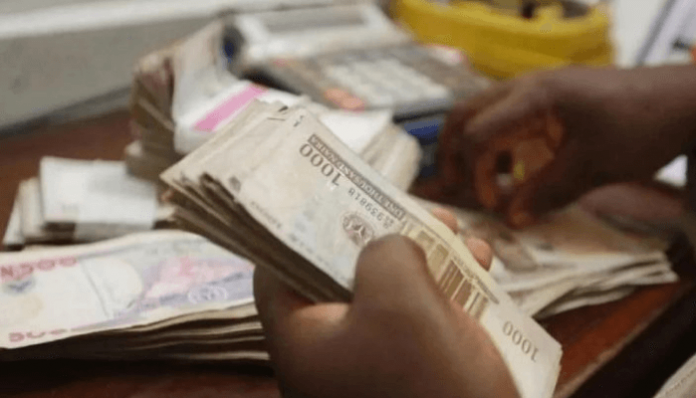Following a drop below 4%, the benchmark yield in Nigerian Treasury notes increased in the secondary market as investors sold naira assets. In 2024, the treasury bill market has been mainly optimistic as investors anticipate additional issuance from government agencies.
Asset managers have flocked to the secondary market in an attempt to restructure their portfolios for greater returns. Nonetheless, Treasury bill instruments account for less than 6% of pension assets.
To carry out the borrowing strategy, some traders predict the Central Bank of Nigeria (CBN) to issue bills at substantially higher market rates on behalf of the federal government in 2024.
Reversing the bullish trend witnessed earlier in the week, trading activities in the T-bills secondary market turned 360 degrees on Wednesday. The selloffs pushed the average yield higher by 19 basis points to 4.0%.
In its market update, analysts at Cordros Capital Limited said across the curve, the average yield closed flat at the short and mid segments.
However, yield expanded at the long (+32bps) end following selloffs of the 316-day to maturity (+419bps) bill. Meanwhile, the average yield remained at 8.4% in the OMO bill segment as funding pressures hit the financial system.
Due to a liquidity squeeze in the money market, short-term benchmark interest rates ascended to double-digits from single digits earlier reported this week. Naira Lost 11% as Banks Issue New Update on FX Spending
Key money market rates, including the open repo rate (OPR) and overnight lending rate (OVN), increased by 9.52% and 8.40% to close higher at 14.15% and 15.40%, respectively.
In an update, Cowry Asset Limited said overnight Nigerian Interbank borrowing rate (NIBOR) experienced a 1.40% increase, to reach 13.75%, indicating liquidity strain in the system.
In the bond market, analysts reported that proceedings were bearish, as the average yield expanded slightly by 1bp to 13.5% ahead of inflation data released and the debt management office borrowing schedule.













